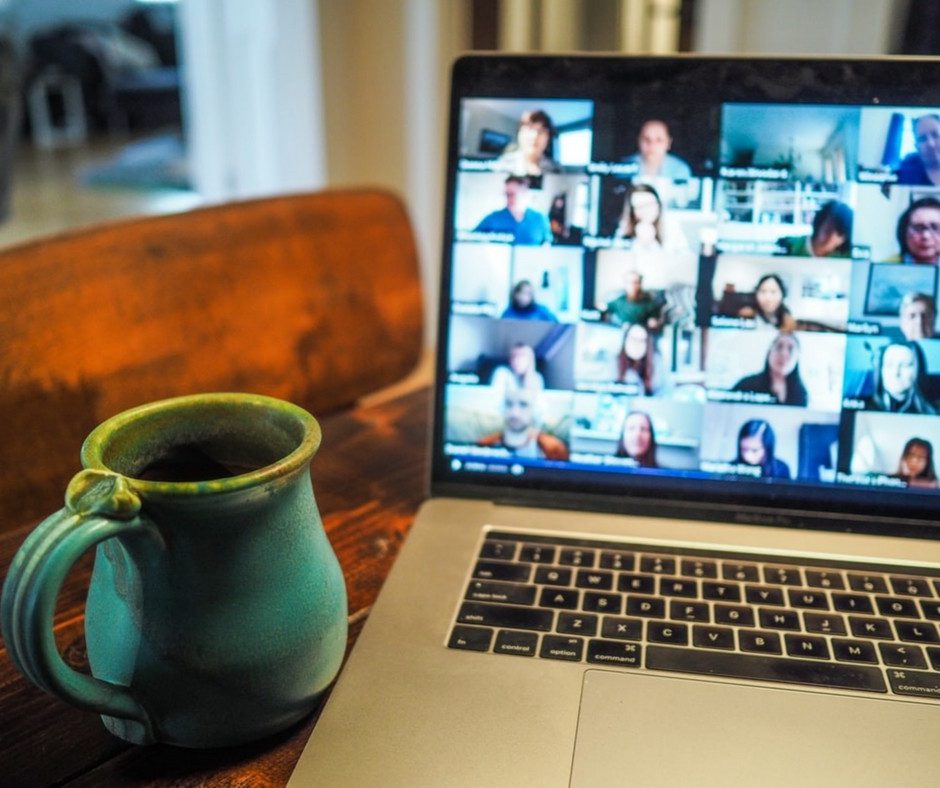These pandemic times are teaching us that almost any meeting can be hosted virtually. And this approach is likely here to stay considering virtual meetings are an inexpensive way to get people to collaborate without the need for expensive and time-consuming travel, all while using readily available technology. Businesses are also realizing that virtual meetings really are also great opportunities to build engagement, trust, and openness among teams.
Here’s a comprehensive list of some Best Practices to help you get the most out of your next virtual meeting:
- Check minimum system requirements. It’s very frustrating when the meeting is about to start, and you are unable to connect to the meeting. At times, even if you’re already connected, you’ll encounter problems as apps keep closing out and you experience poor audio quality. Please make sure you have the proper equipment and enough internet bandwidth to avoid these issues before and during a meeting.
- Participate in some small talk. It’s about breaking the ice. Ask people how they are and build rapport if possible. Keep it brief, natural, and sincere.
- Have a meeting agenda. If you are the one hosting the meeting, make sure you are prepared when you enter the virtual meeting room. This will avoid any unnecessary discussions and chaos. It also gives the participants the impression that you’re in control.
- Mute yourself when not speaking. This is elementary. Background noises are very distracting and tend to disrupt the speaker’s train of thought, flow, and momentum. And depending on the application you’re using, your loud background noise can cause your screen to unintentionally upstage the speaker, which is not only distracting but can be embarrassing if you weren’t prepared. Regardless, it looks unprofessional. If for some reason you’re unable to mute yourself when not speaking, or the mute is not working, leave the room and reconnect. And while you’re reconnecting, make sure to check your settings and ensure you know how to use them.
- Give everyone a chance to participate. Just like in class, make sure you provide participants an opportunity to contribute to the meeting. This will keep the session engaging and interesting, a little more fun, and a little less boring. Ask questions and encourage opinions and feedback. If a participant appears to dominate, the host can politely redirect the meeting’s focus to keep things moving on schedule, and in respect of everyone’s time commitments.
- Apply the same etiquette as when you’re having a face-to-face meeting. Sure, you are in the confines of your home but seeing participants smoking, eating, or doing something else during a meeting can be perceived as quite unprofessional or disrespectful. Focus on the meeting and give 100% of your attention to the speaker. It’s not a 9-hour meeting. You can wait until it’s done for you to do those other things. Use common sense.
- Waiting until the meeting time to log in. Join the meeting 3-5 minutes before it starts. Have the mentality that it’s better for you to wait for them than others having to wait for you. Just be punctual just like how you would want to show up in the office before your shift starts.
- Avoid standing in front of a window. This has to do with the exterior lighting affecting your camera’s ability to focus on your gorgeous face. Doing so makes it more difficult for your participants to see your video properly due to the light coming from outside. Unless participating in silhouette is your intended effect, of course.
- Don’t invite unnecessary people. Limit the attendees by inviting only the key persons. This will keep the meeting at a good pace, and everyone will always have a chance to participate. An email or recording can be provided to those who want to review the meeting.
- Multitasking is a big NO. Focus on what’s on the agenda and avoid doing other things while in the meeting as to not miss any important information or updates. This will keep the meeting short, ensure it runs smoothly, and participants will surely appreciate the mutual respect of each other’s time commitments.
- Always send an email recap. It’s a very common scenario where not all intended participants are able to join the meeting. Sending an email or sharing a recording of the meeting fills the gap for them and avoids you having to schedule yet another meeting or repeat everything that was discussed in the meeting. This will make certain that everyone is on the same page about what transpired during the meeting and can also provide a starting point for productive teamwork and communications among participants prior to the next necessary meeting. And it’s sure nice when an email can remain an email, and meetings can remain efficient and only as frequent as they are necessary.









